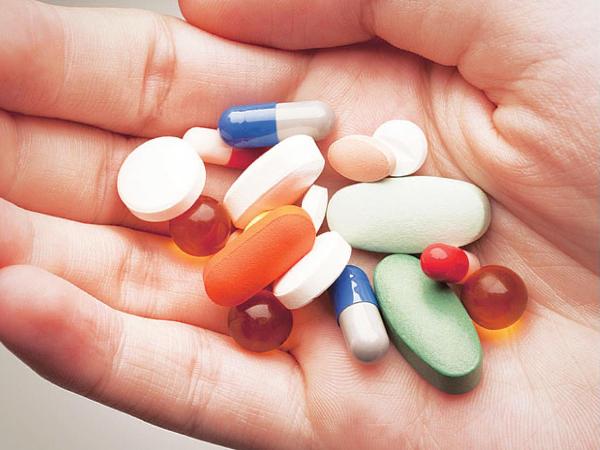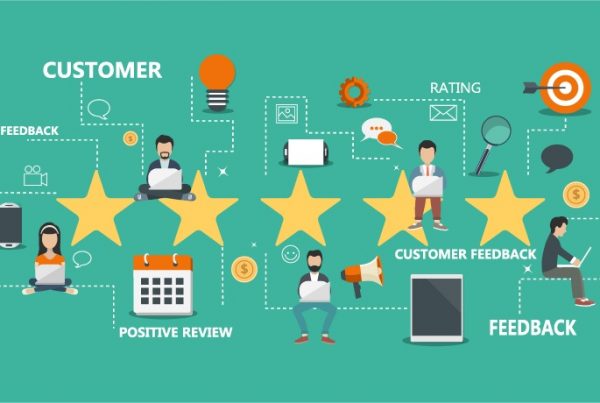Despite the many difficulties of 2020, the pharmaceutical market adapted and prevailed to take on more challenges in 2021. The marketing trends this year highlighted patient wellness and trust in various Covid-19 treatments. Trends also focused on the shift from traditional patient treatments and doctor’s visits to telehealth conferences and consultations.
We’re not yet out of the woods when it comes to the effects of the coronavirus. This is why 2021 trends are relevant to create new and better campaigns for next year. So, without further ado, let’s look back on these 2021 pharmaceutical marketing trends and use these as inspiration for upcoming successful marketing campaigns.
6 Major Pharmaceutical Marketing Trends of 2021
Whether you’re a pharmaceutical startup or a pharmaceutical marketer for a big brand, the following trends made a huge impact on how you did business in 2021.
The Use of Artificial Intelligence in Healthcare
Marketers predicted that A.I. and machine learning would play a huge role in shaping 2021 and they were correct. A.I. has been stirring up the pharmaceutical market for many years now and in 2021 it was time to consider future requirements because consumers needed better ways to become more engaged with their health.
A.I. improves data gathering and the analysis of market information, medical evidence, and clinical trial results. A.I. identifies market trends in different key areas such as local market trends and key opinion leaders. It efficiently integrates multiple patient data patterns and aid in assessing product potential and outcomes.
Smart Devices
Innovations such as wearable healthcare devices were predicted to become more popular. Grand View Research reported in 2019 that the global wearable technology industry was valued at USD 32.63 billion. This market was projected to grow at a compound annual growth date of 15.9% from 2020 up to 2027.
One of the factors linked to this growth is the popularity of IoT or the Internet of Things plus connected devices. Healthcare wearables can track food, weight, activity, and sleep. These personal devices can also track heart function, mood, and stress, gait, and stability. Wearers can use these devices for personal emergency response, to track home equipment, and to connect to their vehicles.
Aside from wearable health devices, pharma marketers also saw huge opportunities to connect with consumers through other devices. Smart TVs, TV sticks, TV boxes, and gaming consoles that offer in-demand consumer content. Pharma advertisers and marketers grouped users into segments to provide personalized ads which have helped them effectively connect with their viewers.
Online Consulting and Conferences
The pandemic caused shutdowns and lockdowns, but HCPs were still able to help patients meet their healthcare needs. Telemedicine or teleconsultations were made available to help patients deal with their symptoms. Healthcare professionals conducted meetings with pharmaceutical marketers and sales reps through video calls and chats.
Home healthcare services were available to cater to patients’ diagnostic and laboratory needs. Patients don’t need to leave their homes to get tested. Mobile laboratories equipped with the latest equipment and trained lab personnel performed these tests at home.
From 2020 to 2021, healthcare facilities were strained and patients with manageable symptoms were monitored remotely by their HCPs. Remote monitoring and telehealth services were convenient and safe for both patients and HCPs which is why these trends are expected to continue for years to come.
Keeping Consumers Updated with Latest Breakthroughs
The pharmaceutical industry made it a priority to provide updated information about the coronavirus. Marketers knew that consumers needed to feel comfortable and safe while receiving treatments. Information was disseminated in many ways.
The latest news, information, and breakthroughs were published online through websites, blog sites, and social media. According to Digital Authority Partners, marketers used different mediums including video, posts, commercials, pamphlets, brochures, and ads. Many pharmaceutical companies are still working on new drugs and new treatments for Covid-19. They are making an effort to be transparent with their results. These were published in journals, online sites, and various publications.
Helping patients with other conditions was never overlooked in 2021. HCPs and pharmaceutical marketers made sure these patients received the latest information about their condition and had access to the latest treatments and medications.
Dealing with Skeptics
While many trusted the healthcare system, some had doubts about the safety and effectiveness of various treatments. Pharmaceutical marketers and HCPs saw this skepticism as a challenge to provide reliable and updated information to consumers.
Marketers enforced trust by using different techniques including the use of endorsers, celebrities, and influencers. They developed strategies that connected to the public through social media posts, community campaigns, videos, posters, infographics, and commercials. This trust in the system needs to be reinforced through relatable methods which is why this trend is expected to continue in 2022.
Preserving Trust
Pharmaceutical marketers acknowledged that trust is essential in building brands. They knew it was important to keep the public’s trust in the pharmaceutical industry more than ever during the pandemic. Today, healthcare companies are focused on meeting customer needs as well as those of their workers while faced with new challenges in the industry. Companies are collaborating to ensure success for their brands and their workers.
Why Study 2021 Trends?
A recap of the 2021 pharma marketing trends helps marketers and healthcare professionals in many ways. Marketers can use these trends to create better, more efficient, and value-packed campaigns for clients and consumers. Pharmaceutical marketers can study these trends to create winning strategies for their brands.
It’s still early days to predict the future of the healthcare industry post-pandemic. But marketers can take these trends to prepare for future campaigns to serve their customers better. Finally, almost all these trends are expected to remain up to 2022 and marketers need a head start.
Final Words
2021 pharmaceutical trends shaped the way marketers and healthcare professionals provided services and information to patients and consumers. Aside from receiving medical help, patients and consumers need the latest information to ease worries and anxiety and bolster trust. Almost all these trends are expected to remain in 2022 thus, pharmaceutical marketers must review these trends to create high-quality marketing campaigns on all platforms.





